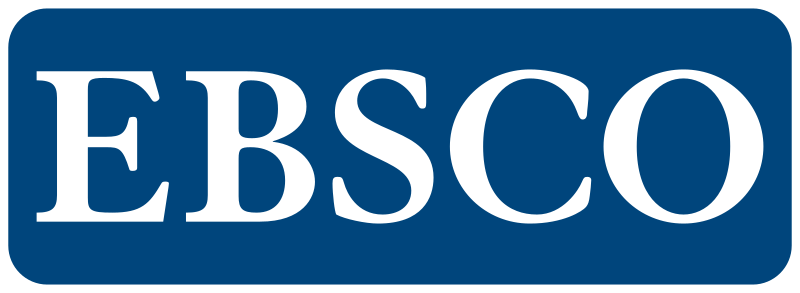Creating an atmosphere of enthusiasm and motivation in the classroom
Creating an atmosphere of enthusiasm and motivation in the classroom
Contenido principal del artículo
En el ámbito educativo actual, la figura del docente está siendo cada vez más desestimada por parte de los mismos estudiantes, lo cual ha ido generando una serie de factores que hacen que ellos ya no se sientan motivados por aprender o encuentren diversas excusas para no querer apropiarse de sus conocimientos. A través de éste artículo, se pretende concientizar, animar y ayudar al maestro a apropiarse de su rol y ejercerlo de tal forma que pueda ser un canal que estimule el aprendizaje en sus estudiantes sin que ellos se sientan presionados ni obligados. Los tres componentes mencionados en el artículo y que ayudarán a abordar este tema son: creatividad, innovación y estimulación intelectual. Si bien en el proceso de formación, éstos deben ser desarrollados de forma conectada, muchos los ven como factores aislados entre sí o no interconectados. La correlación que estos tres elementos poseen es primordial en el manejo y organización al interior de las aulas, ya que tiene como fin interesar a los aprendices a ser más conscientes y a involucrarse más en su propio aprendizaje, sintiéndose responsables de cumplir las metas u objetivos propuestos y estimulando sus capacidades en el logro de los mismos. Por otro lado, reconocer la importancia del rol del docente, su pasión por enseñar y formar, son puntos claves para la creación de ambientes motivacionales y entusiastas, ya que esto conlleva a que los estudiantes asimilen y se interesen por aprender de manera más natural y fresca sin dejar de lado la exigencia y excelencia en cada uno de los procesos.
Descargas
Detalles del artículo
Bolkan, S., & Goodboy, A. K. (2010). Transformational leadership in the classroom: The development and validation of the Student Intellectual Stimulation Scale. London. Routledge Publisher. DOI: https://doi.org/10.1080/08934215.2010.511399
Bolkan, S., Goodboy, A. K. & Griffin, D.J., (2011). Teacher Leadership and Intellectual Stimulation: Improving Students’ Approaches to Studying through Intrinsic Motivation. Communication Research Reports, 28, pp. 337-346. Available from: https://pdfs.semanticscholar.org/cc25/61a4b95e4bd9fdd362f3f640f6617d4e006e.pdf DOI: https://doi.org/10.1080/08824096.2011.615958
Day, C. (2004). A Passion for Teaching. London and New York. RoutledgeFalmer. DOI: https://doi.org/10.4324/9780203464342
Fried, R. L. (1995). The Passionate Teacher: A Practical Guide. Boston, Mass.: Beacon Press.
Guilford, J.P (1950). Creativity. American Psychologist, 5, pp. 444-454. DOI: https://doi.org/10.1037/h0063487
Harden, R. & Laidlaw, J. (2017). Essential skills for a medical teacher: An introduction to teaching and learning in medicine. Second Edition. Dundee, UK. Elsevier Publishing.
Looney, J. W. (2009). Assessment and Innovation in Education. OECD Education Working Papers, No. 24. Available from: https://www.oecdilibrary.org/docserver/222814543073.pdf?expires=1533066035&id=id&accname=guest&checksum=8F8F2D88A59A7CADE0AD2BB42AE98309
Morris, W. (2006). Creativity. Its place in education. Pp. 5-6. Available from: http://www.creativejeffrey.com/creative/Creativity_in_Education.pdf
OECD. (2016). Innovating Education and Educating for Innovation: The power of Digital Technologies and Skills. Paris: OECD Publishing
Sanz, A. and Lizarraga, M. A. (2007). Creatividad individual y grupal en la educación. Madrid: EIUNSA










